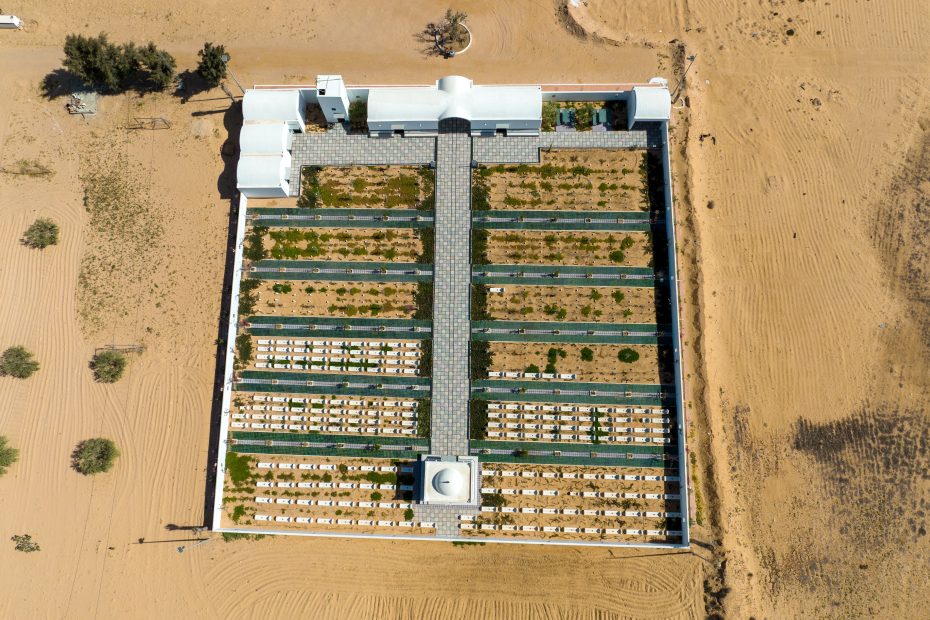Table of Contents
Introduction to Tunisia’s Sahara Desert
The Sahara Desert covers much of North Africa, and Tunisia is home to a significant portion of it. Approximately 40% of Tunisia is covered by the Tunisian Sahara, offering visitors the chance to experience majestic sand dunes, oasis towns, roaming dromedaries, and vibrant Berber culture. For adventure travelers and desert fanatics, the Tunisian Sahara should be at the top of your bucket list.
From the golden dunes of Douz to the sci-fi landscapes of Tataouine, let’s explore the best ways to discover Tunisia’s Saharan wonders.
Top Saharan Destinations in Tunisia
Douz
Known as the “Gateway to the Desert,” Douz is the ideal starting point for Saharan adventures. Rent a 4×4 or camel and spend a few days exploring the endless Erg Oriental dunes. The Oasis Festival held here each December highlights Berber traditions.
Matmata
Made famous by Star Wars, Matmata’s underground troglodyte dwellings offer a unique accommodation option. Clamber down hand-carved steps into ancient cave homes for an unforgettable experience.
Tozeur
An oasis town overflowing with palm trees, Tozeur’s serene ambience pairs nicely with adventurous excursions. Soak in mountain hot springs, ride camels into the dunes, or lounge in a historic riad.
Ksar Ghilane
Deep in the Sahara’s core, Ksar Ghilane dazzles visitors with stunning dunes and natural hot springs. Relax in a peaceful desert camp after quad biking and camel trekking escapades.
Tataouine
The town inspiring Star Wars’ Tatooine is remote yet brimming with extraterrestrial vibes. Nearby destinations like Ong Jmal canyon and Darma Valley satiate sci-fi lovers.
Activities to Enjoy in the Tunisian Sahara
Camel trekking
Crossing the undulating dunes atop a dromedary is a quintessential Saharan experience. Treks range from hour-long jaunts to multi-day camping adventures.
Sandboarding
Pick up speed as you slide and glide down massive dunes. Sandboarding provides thrills while showcasing the desert’s grandiosity.
Stargazing
The Sahara’s minimal light pollution unveils dazzling night skies. Join an overnight camping trip for optimal stargazing at sites like Chott el-Jerid.
Oasis towns
Wander palm groves, explore labyrinthine alleys, and stay in traditional accommodations in serene settlements like Nefta, Chenini, Douiret, and Chebika.
Berber villages
Experience authentic Berber culture by visiting troglodyte communities like Matmata or trekking between nomadic camps.
Shopping for handicrafts
Bring home Saharan treasures by purchasing traditional pottery, rugs, baskets, jewelry, and more at local cooperatives and markets.
When to Visit the Tunisian Sahara
The best time to visit the Sahara depends on the experience you seek.
Spring
March through May offers pleasant temperatures and colorful wildflowers blooming in the dunes after rare rainfall.
Fall
September through November provides warm days without intense heat. Prices are lower and crowds thinner.
Winter
December through February brings chilly nights but excellent stargazing conditions. It’s peak tourist season.
Getting Around the Sahara
Navigating the sprawling Sahara requires proper transportation:
4×4 vehicle rentals
Tackle rugged terrain by renting a 4×4 in destinations like Douz. Opt for a driver or self-drive.
Guided tours
Join convenient guided excursions ranging from day trips to week-long adventures. Knowledgeable guides handle logistics.
Public transportation
Minibuses connect major Saharan towns. Combine louages and taxis for do-it-yourself trips.
Where to Stay
Desert camps
Sleep under the stars in a fully equipped Berber-style tent. Experience tranquility deep in the dunes.
Riads
Historic townhouses converted into charming boutique hotels provide personalized hospitality in oasis settlements.
Resorts
Larger hotels in Douz, Tozeur, and coastal areas offer swimming pools and organized desert tours.
Safety Tips for Visiting the Sahara
While magical, the Sahara’s harsh climate requires caution:
- Drink plenty of water to avoid dehydration.
- Seek shade and avoid sun exposure during midday.
- Check desert weather forecasts and avoid rain risks.
- Travel with experienced guides when possible.
- Inform family and hotels of your itinerary.
- Avoid remote areas unless on guided tours.
Conclusion
From otherworldly landscapes shimmering on the horizon to immense dunes shifting underfoot, Tunisia’s Sahara is a destination that promises to astound. With proper preparations, responsible travel practices, and embracing the spirit of adventure, discovering the mysteries and allure of the Tunisian Sahara is sure to rank among your most memorable travels. Let its siren song lead you into the great African desert.
FAQs
What is the best time of year to visit the Tunisian Sahara?
The optimal time is spring (March to May) when temperatures are pleasant and wildflowers bloom. Fall (September to November) offers warm weather without intense heat and thinner crowds.
What should I pack for a Saharan trip?
Essentials include sun protection (hat, sunglasses, sunscreen), proper footwear, lightweight clothing, a flashlight, toilet paper, medications, sleeping bag, and plenty of water.
Are Saharan tours safe for solo travelers?
Yes, joining a guided tour group provides security for solo travelers. Opt for reputable companies and check safety reviews. Traveling alone is not advisable.
What is the easiest way to explore the Tunisian Sahara?
Booking an organized tour takes care of transportation and logistics. Tours range from day trips to multi-day adventures. Driving yourself requires renting a 4×4 and obtaining adequate travel insurance.
What are the top three things to do in the Sahara?
Must-do Saharan activities include riding camels over dunes, sandboarding down slopes, stargazing after sunset, exploring oasis towns, and immersing yourself in Berber culture. Combining hiking with camping maximizes natural encounters.
